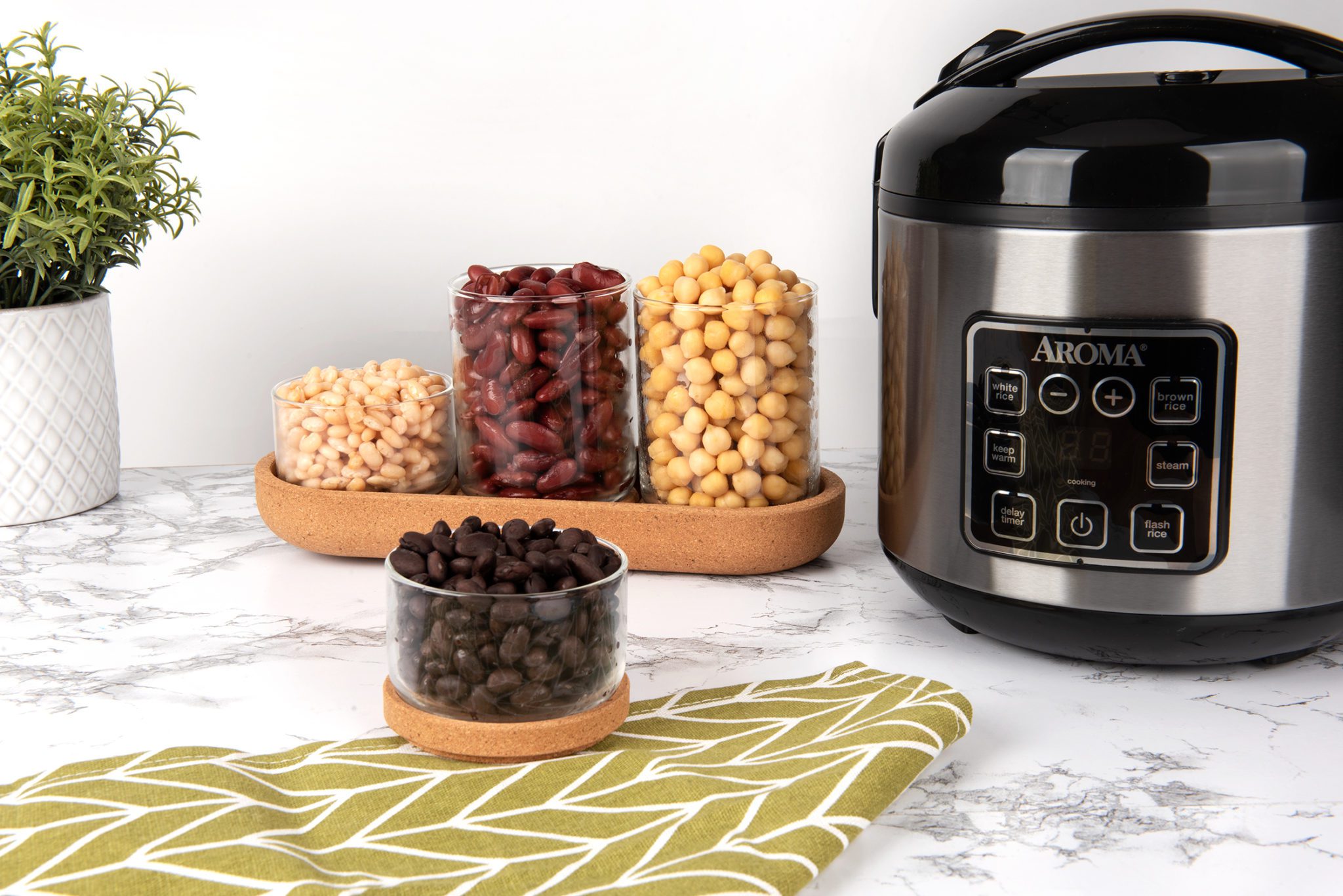

Articles
How To Cook Dry Beans In A Rice Cooker
Modified: December 6, 2023
Learn how to cook dry beans in a rice cooker easily and efficiently with this helpful article. Discover the best tips and techniques for preparing delicious meals.
(Many of the links in this article redirect to a specific reviewed product. Your purchase of these products through affiliate links helps to generate commission for Storables.com, at no extra cost. Learn more)
Introduction
When it comes to cooking dry beans, many people think of the traditional stovetop method that requires long hours of soaking and simmering. However, there is a more efficient and convenient way to cook dry beans – by using a rice cooker. Rice cookers are not just limited to cooking rice; they can be versatile kitchen appliances that can help you prepare a variety of dishes, including perfectly cooked dry beans.
In this article, we will explore the benefits of cooking dry beans in a rice cooker and provide you with useful tips to ensure a successful cooking experience. Whether you are a seasoned cook or a beginner, using a rice cooker to cook dry beans can simplify the process and deliver delicious results.
Key Takeaways:
- Cooking dry beans in a rice cooker saves time, preserves nutrients, and offers consistent results. It’s a convenient and versatile method that simplifies the cooking process and delivers delicious, healthy meals.
- Experiment with flavoring options and serving suggestions to elevate the taste of cooked dry beans. Get creative and incorporate them into various recipes for protein-packed, flavorful meals.
Read more: How To Dry Out Ceiling After Leak
Benefits of Cooking Dry Beans in a Rice Cooker
Cooking dry beans in a rice cooker offers several advantages that make it a convenient and efficient cooking method. Here are some key benefits:
- Saves time: Traditional stovetop methods of cooking dry beans can be time-consuming, requiring hours of soaking and simmering. Using a rice cooker eliminates the need for soaking, allowing you to cook the beans directly and reducing the overall cooking time.
- Convenient and hands-off: Once you set up the rice cooker with the appropriate water-to-bean ratio, you can simply press the “cook” button and let the appliance do the work. Unlike stovetop cooking, there’s no need for constant monitoring, stirring, or adjusting the heat.
- Consistent and even cooking: Rice cookers are designed to provide consistent heat and moisture distribution, resulting in evenly cooked beans. This eliminates the risk of undercooked or overcooked beans, ensuring a perfect texture every time.
- Preserves nutrients: Cooking dry beans in a rice cooker helps retain the nutrients present in the beans. The gentle and controlled cooking process helps preserve the natural flavors and nutritional value of the beans, providing a healthier meal option.
- Versatility: Rice cookers are not limited to cooking rice alone. They often come with different cooking settings and options that can be adjusted according to the type of beans you’re cooking. You can experiment with different types of dry beans, such as black beans, kidney beans, or chickpeas, to add variety to your meals.
Cooking dry beans in a rice cooker not only saves time but also ensures a consistent and hassle-free cooking experience. With these benefits in mind, let’s move on to how to prepare dry beans for cooking in a rice cooker.
Preparing Dry Beans for Cooking
Before you start cooking dry beans in a rice cooker, it’s important to prepare them properly. Follow these steps to ensure that your beans are ready for cooking:
- Sorting: Spread the dry beans on a clean surface and remove any debris, such as stones or damaged beans. It’s essential to sort through the beans to ensure that you’re cooking only the good ones.
- Rinsing: Rinse the sorted beans under cold running water to remove any dirt or dust. This step also helps remove some of the natural indigestible sugars that cause gas and digestive discomfort.
- Soaking (optional): While using a rice cooker eliminates the need for soaking, some people prefer to soak the beans to reduce cooking time and improve digestibility. If you choose to soak the beans, place them in a bowl and cover with water. Soak for at least 4-6 hours or overnight. Drain and rinse before cooking.
- Bean-to-water ratio: For cooking dry beans in a rice cooker, the general rule of thumb is to use a 1:2 or 1:2.5 ratio of beans to water. This means for every cup of dry beans, use 2-2.5 cups of water. Adjust the ratio based on your rice cooker’s instructions and desired bean texture.
Once you have prepared the dry beans, you are ready to start cooking them in the rice cooker. Let’s move on to the next section to learn the step-by-step process of cooking dry beans in a rice cooker.
Cooking Dry Beans in a Rice Cooker
Now that you have prepared the dry beans, it’s time to cook them in a rice cooker. Follow these simple steps to ensure perfectly cooked beans:
- Add beans and water: Place the prepared dry beans in the rice cooker’s inner pot. Add enough water to cover the beans, following the recommended bean-to-water ratio mentioned earlier.
- Select cooking mode: Most rice cookers have different cooking modes, such as “White Rice,” “Brown Rice,” or “Multi-Grain.” Select the appropriate cooking mode based on the type of beans you’re cooking. If your rice cooker doesn’t have specific modes, simply use the regular cooking mode.
- Start cooking: Close the lid of the rice cooker and press the “cook” or “start” button to begin the cooking process. The rice cooker will automatically adjust the temperature and cooking time based on the selected mode.
- Wait for natural pressure release: Once the cooking cycle is complete, allow the rice cooker to naturally release the pressure before opening the lid. This helps prevent any steam or liquid from splattering and ensures the beans are fully cooked.
- Check for doneness: Carefully open the lid and test a few beans for doneness. They should be tender but not mushy. If the beans are still firm, close the lid and continue cooking for an additional few minutes until they reach the desired texture.
- Drain excess liquid (optional): If your cooked beans have excess liquid remaining, you can drain it off before serving. However, some recipes may call for the bean liquid, so use your discretion based on the recipe you’re following.
That’s it! With these simple steps, you can easily cook dry beans in a rice cooker. However, keep in mind that cooking times may vary based on the type and freshness of the beans, as well as the rice cooker you’re using. Now that you know how to cook dry beans in a rice cooker, let’s move on to some helpful tips for a successful cooking experience.
Soak the dry beans in water for at least 8 hours or overnight before cooking them in the rice cooker. This will help to soften the beans and reduce the cooking time.
Tips for Cooking Dry Beans in a Rice Cooker
While cooking dry beans in a rice cooker is a straightforward process, these tips can help you achieve the best results every time:
- Use fresh dry beans: Fresh beans will cook more evenly and result in better texture and flavor. Be sure to check the expiration date on the package and avoid using beans that have been stored for an extended period.
- Adjust cooking time: The cooking time can vary based on the type and size of the beans. Larger beans may require longer cooking time, while smaller ones may cook faster. Keep an eye on the beans while they cook and adjust the cooking time accordingly.
- Experiment with seasonings: While cooking the beans, you can add seasonings or spices to enhance their flavor. Common options include garlic, onion, bay leaves, herbs, and spices. Add them directly to the rice cooker along with the beans and water for infused flavor.
- Avoid overfilling the rice cooker: To prevent any overflow or uneven cooking, avoid filling the rice cooker pot more than two-thirds full. This will ensure that there is enough space for the beans to expand during cooking.
- Post-cooking resting time: After the cooking cycle is complete, it’s beneficial to let the beans rest in the rice cooker for a few minutes before serving. This allows the beans to absorb any excess moisture, resulting in better texture and flavor.
- Store leftovers properly: If you have leftovers, store them in an airtight container in the refrigerator. Cooked beans can be refrigerated for up to 4-5 days or frozen for several months. They can be used as a convenient and nutritious addition to various recipes.
By following these tips, you can ensure that your cooked dry beans turn out delicious and perfectly cooked each time. Now that you know how to cook and enhance the flavor of dry beans in a rice cooker, let’s explore some flavoring options and serving suggestions to elevate your meals.
Read also: 11 Amazing Dry Sauna For 2024
Flavoring Options for Cooked Dry Beans
Cooked dry beans can be incredibly versatile and can be flavored in various ways to suit your taste preferences. Here are some flavoring options to consider:
- Basic seasoning: For a simple and classic flavor, season your cooked beans with salt, pepper, and a drizzle of olive oil. This allows the natural flavors of the beans to shine through.
- Herbs and spices: Experiment with a variety of herbs and spices to add depth and complexity to your beans. Popular options include cumin, paprika, thyme, oregano, or a dash of chili powder for some heat.
- Garlic and onions: Sauté some minced garlic and onions in olive oil until fragrant, then mix them into your cooked beans. This adds a delicious savory flavor that complements a wide range of dishes.
- Citrus zest: Add a burst of freshness by grating some citrus zest, such as lemon or lime, over your cooked beans. The citrus zest brings a bright and tangy flavor that pairs well with various cuisines.
- Vinegars: Adding a splash of vinegar, such as balsamic, apple cider, or red wine vinegar, can provide a tangy and acidic touch to your beans. Experiment with different vinegars to find your preferred flavor profile.
- Sauces and salsas: Elevate the taste of your cooked beans by mixing them with flavorful sauces or salsas. Whether it’s a tangy barbecue sauce, a spicy salsa, or a creamy dressing, these additions can transform your beans into a delicious side dish or a main course.
Feel free to get creative with your flavoring options and customize the beans according to your preferences and the specific recipe you’re preparing. Now that your cooked beans are bursting with flavor, let’s explore some serving suggestions to incorporate them into your meals.
Serving Suggestions for Cooked Dry Beans
Once you have deliciously cooked and flavored dry beans, the next step is to incorporate them into your meals. Here are some serving suggestions to inspire you:
- Side dish: Serve the cooked beans as a versatile side dish. They can complement a variety of main courses, such as grilled chicken, roasted vegetables, or a juicy steak. Season them simply or with your favorite herbs and spices to enhance the flavors.
- Bean salads: Toss the cooked beans with fresh vegetables, herbs, and a zesty dressing to create a vibrant and nutritious bean salad. You can add ingredients like cherry tomatoes, cucumbers, red onions, and bell peppers for added texture and flavor.
- Tacos and burritos: Layer the beans into soft tortillas along with your favorite fillings, such as cheese, lettuce, salsa, and avocado, to create delicious tacos or burritos. The beans will add a hearty and protein-packed element to these Mexican-inspired dishes.
- Soups and stews: Add the cooked beans to homemade soups or stews to make them heartier and more nutritious. Whether it’s a comforting bowl of chili or a vegetable soup, the beans will provide a delicious and satisfying addition to the dish.
- Dips and spreads: Mash or blend the cooked beans to create flavorful dips and spreads. You can make a classic hummus by blending the beans with garlic, olive oil, tahini, and lemon juice. These dips can be served with fresh vegetables, crackers, or pita bread for a tasty snack or appetizer.
- Grain bowls and Buddha bowls: Build a nourishing and well-rounded bowl by combining the cooked beans with grains like quinoa or rice, along with a variety of vegetables, greens, and toppings of your choice. Drizzle with a flavorful dressing for a complete and satisfying meal.
These serving suggestions are just a starting point, and you can adapt the cooked beans to suit your culinary preferences. Get creative and incorporate them into your favorite recipes to add a protein-packed and flavorful element. With these ideas in mind, you’re ready to explore the wonderful world of cooked dry beans.
As you experiment and learn more about cooking dry beans in a rice cooker, remember that practice makes perfect. Each rice cooker and bean variety may have slight variations in cooking times and ratios. Don’t be afraid to adjust and make notes as you go along to achieve your desired results. Enjoy the process and savor the delicious meals you create with your cooked dry beans!
Conclusion
Using a rice cooker to cook dry beans is a game-changer in the kitchen. It saves time, offers convenience, and delivers consistently cooked beans with minimal effort. By following the steps outlined in this article, you can easily prepare and cook dry beans in your rice cooker, resulting in delicious and nutritious meals.
We discussed the benefits of cooking dry beans in a rice cooker, including the time-saving factor, convenience, consistency, and nutrient preservation. Additionally, we explored the importance of properly preparing the dry beans by sorting, rinsing, and optionally soaking them before cooking. The bean-to-water ratio is essential for achieving perfectly cooked beans in a rice cooker.
We also provided tips to help you succeed in your rice cooker bean cooking adventures. Adjusting cooking times, experimenting with seasonings, and being mindful of the rice cooker’s capacity are crucial factors to keep in mind. Additionally, we suggested various flavoring options to elevate the taste of your cooked beans and shared serving suggestions to incorporate them into a variety of dishes.
Remember, cooking dry beans in a rice cooker is a flexible and adaptable process. Feel free to experiment, try different seasonings and flavor combinations, and find what works best for you and your taste preferences. With each successful batch of cooked dry beans, you will gain more confidence and discover new ways to incorporate them into your favorite recipes.
So, why limit your rice cooker to just cooking rice? With the knowledge and tips shared in this article, you can unlock the full potential of your rice cooker and enjoy the delights of perfectly cooked dry beans. Embrace the convenience, versatility, and hassle-free cooking that a rice cooker offers, and savor the delicious results that will exceed your expectations.
Happy cooking!
Frequently Asked Questions about How To Cook Dry Beans In A Rice Cooker
Was this page helpful?
At Storables.com, we guarantee accurate and reliable information. Our content, validated by Expert Board Contributors, is crafted following stringent Editorial Policies. We're committed to providing you with well-researched, expert-backed insights for all your informational needs.
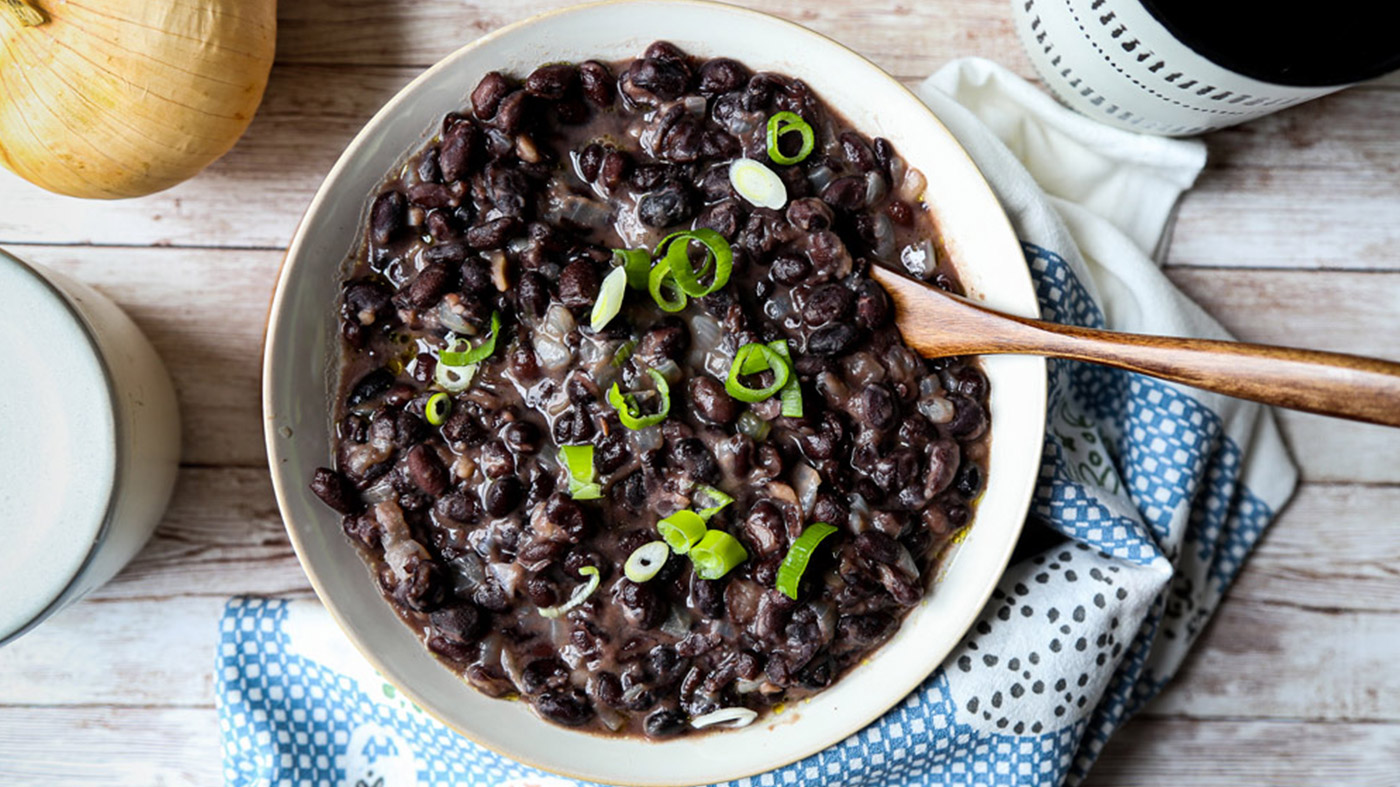
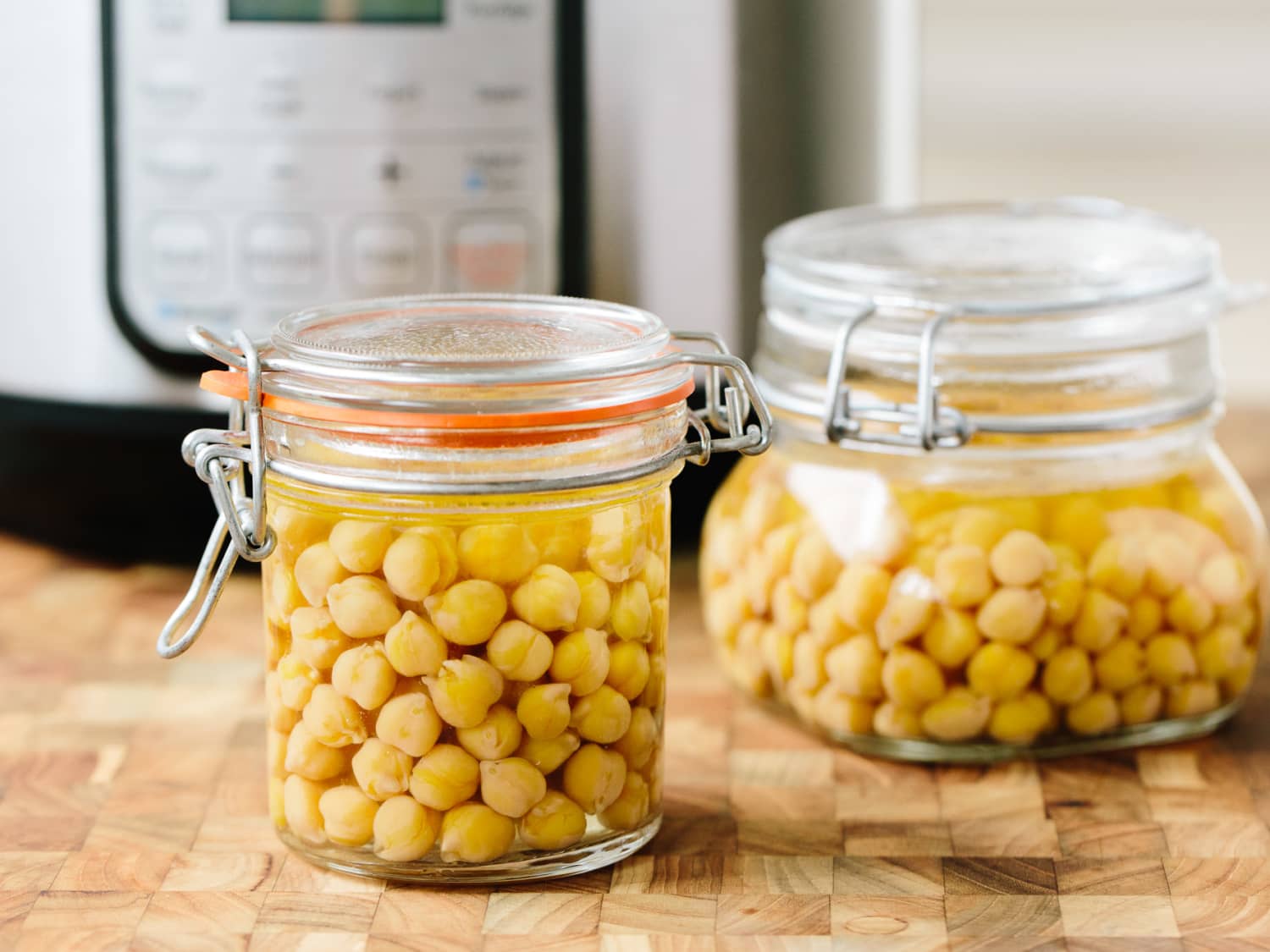
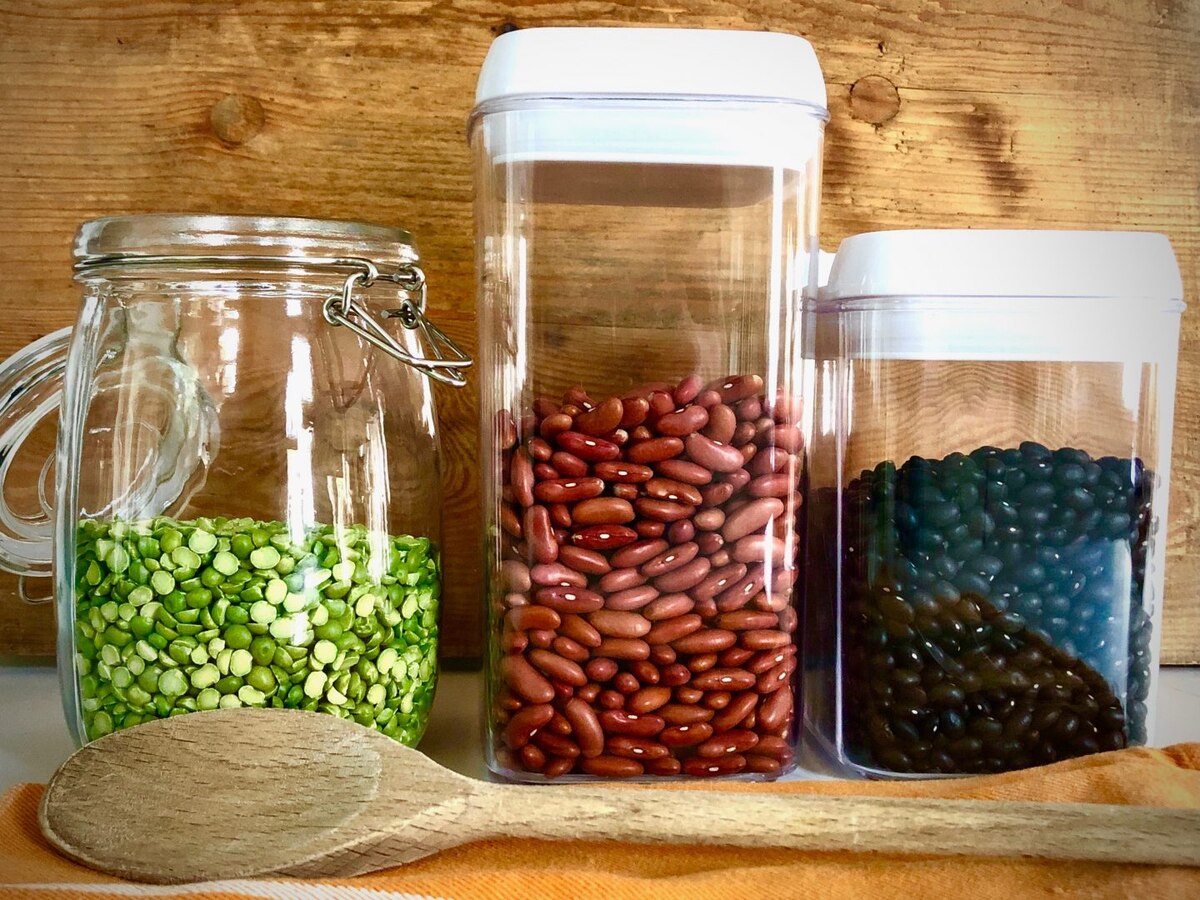
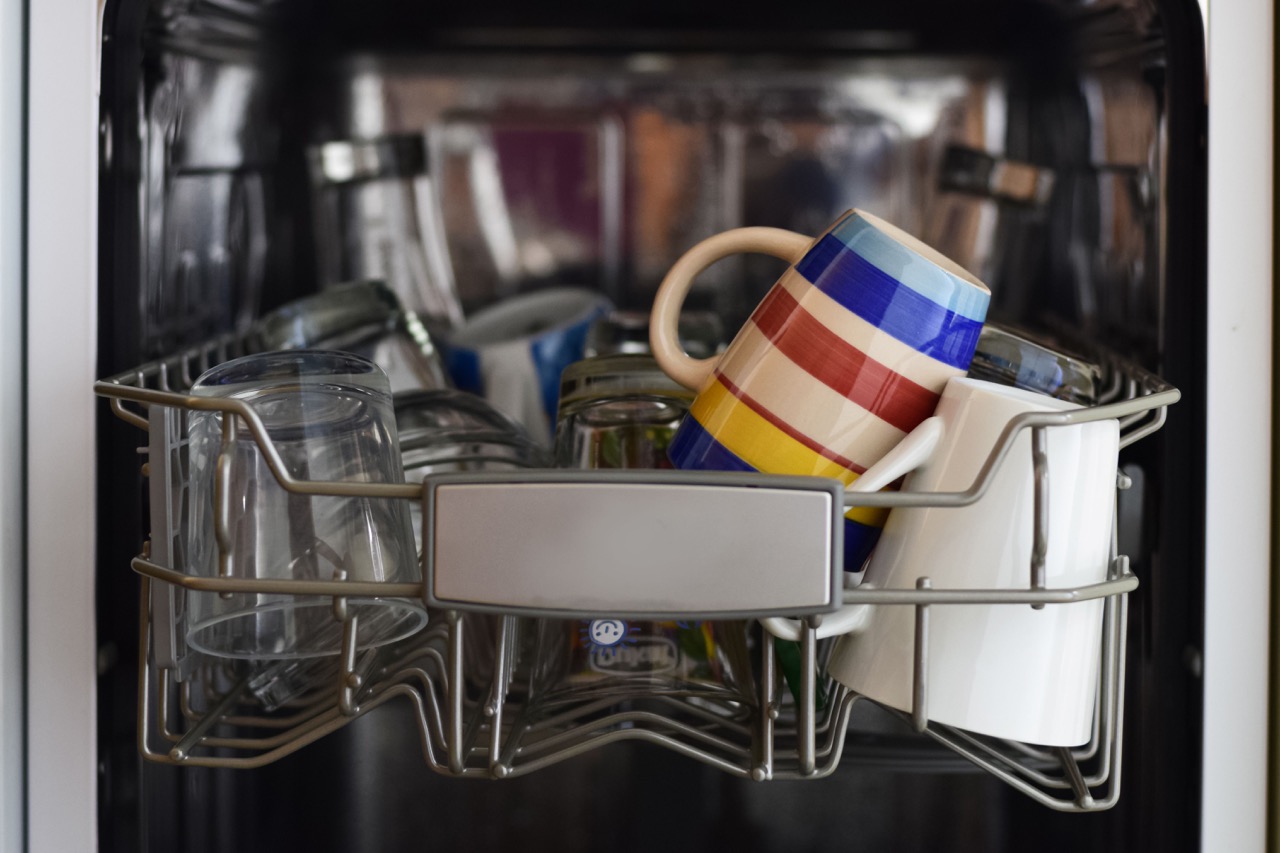


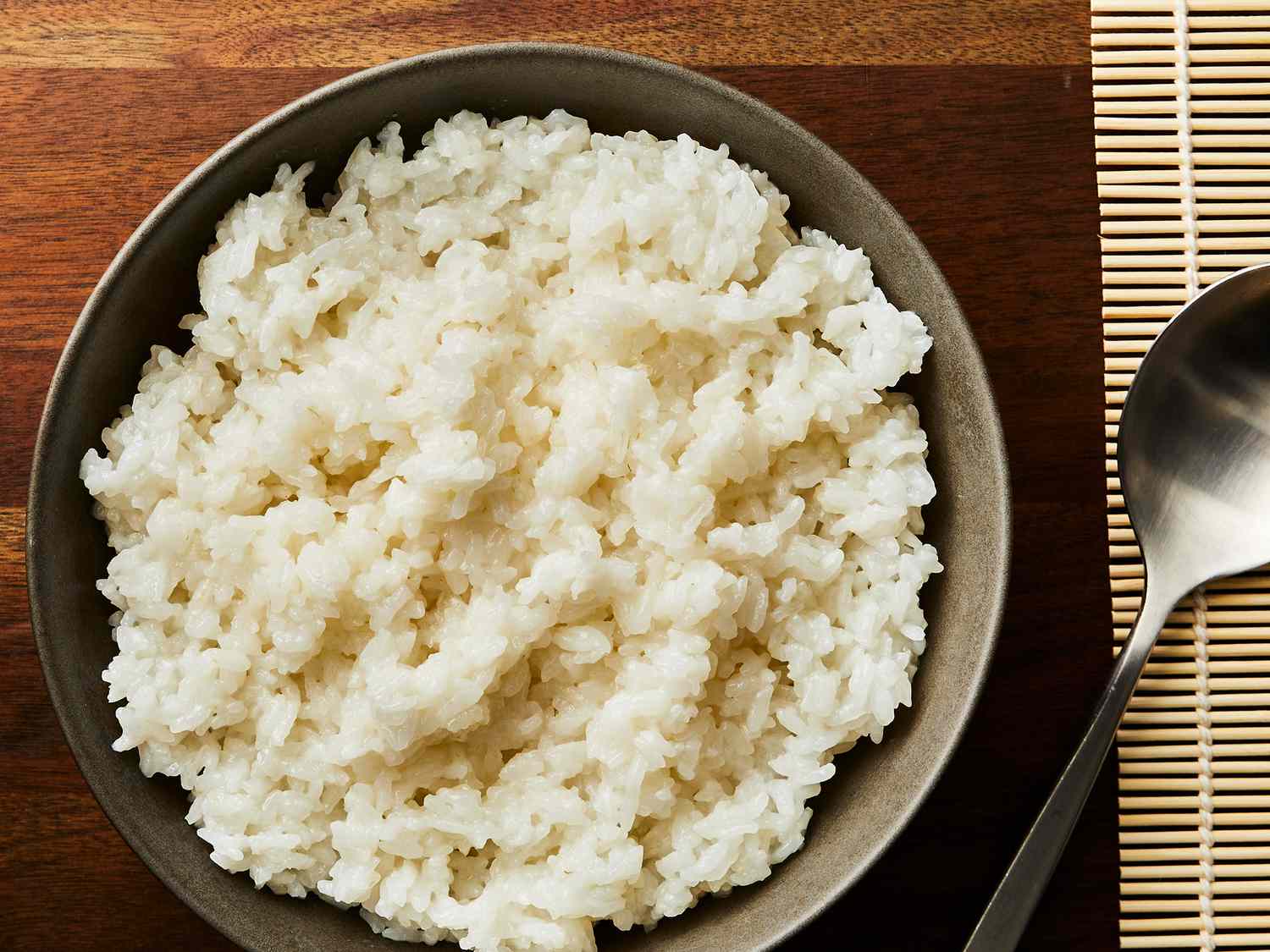
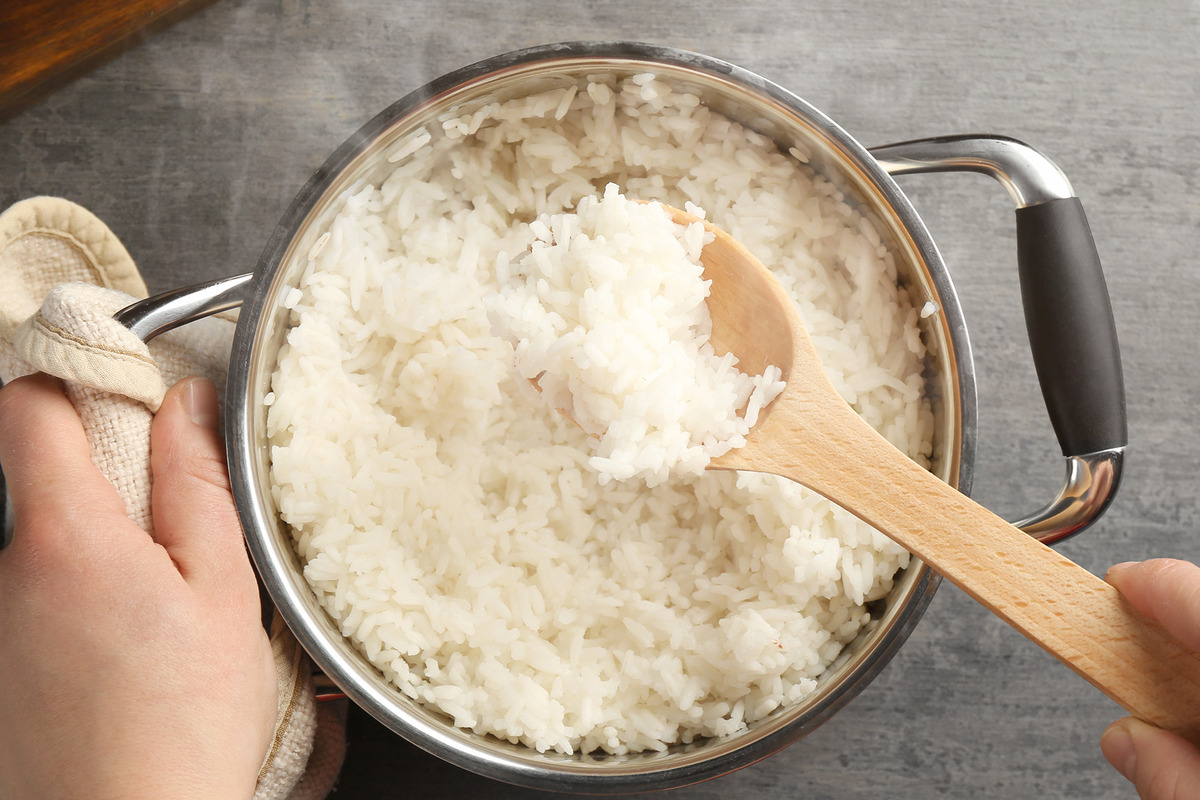
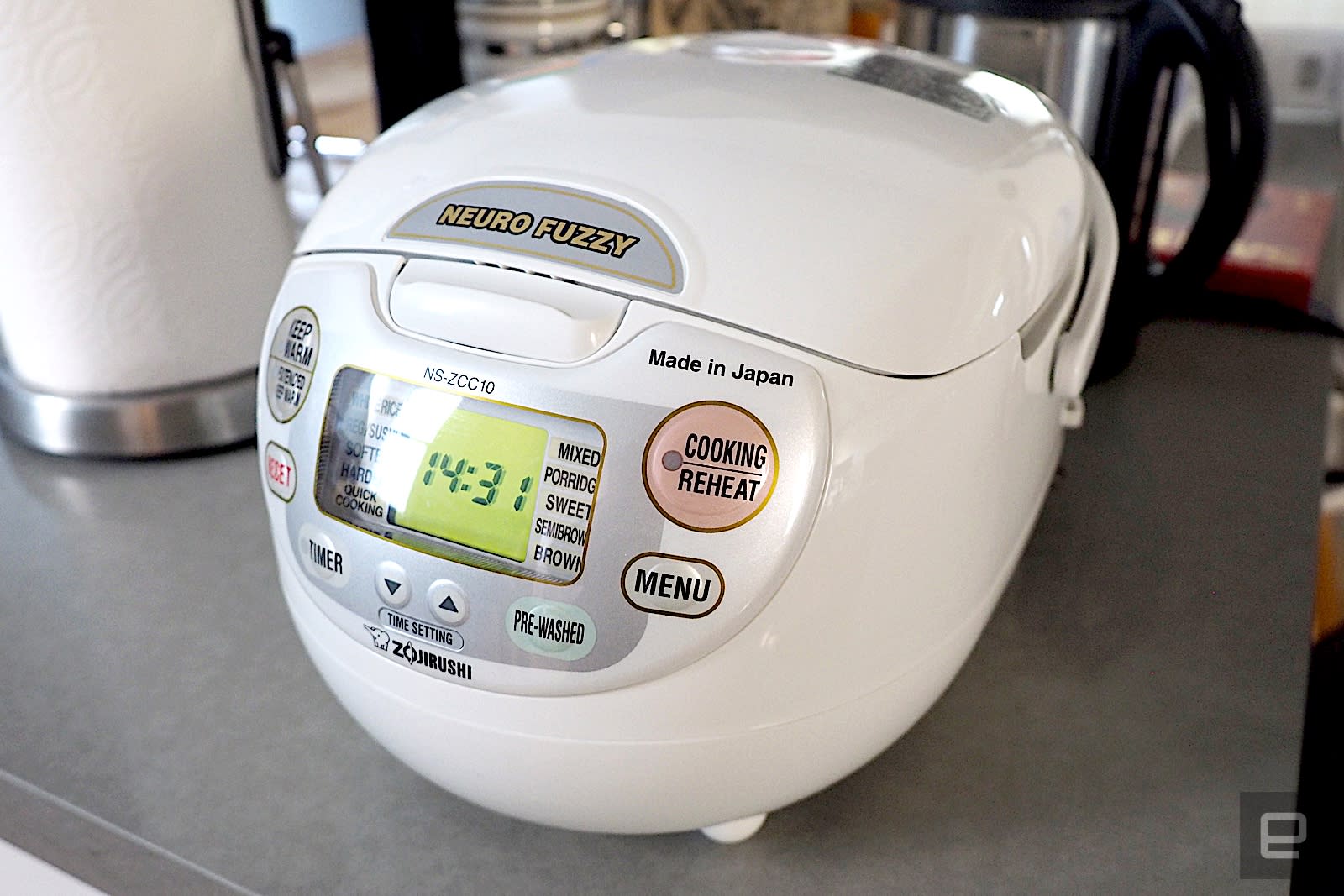

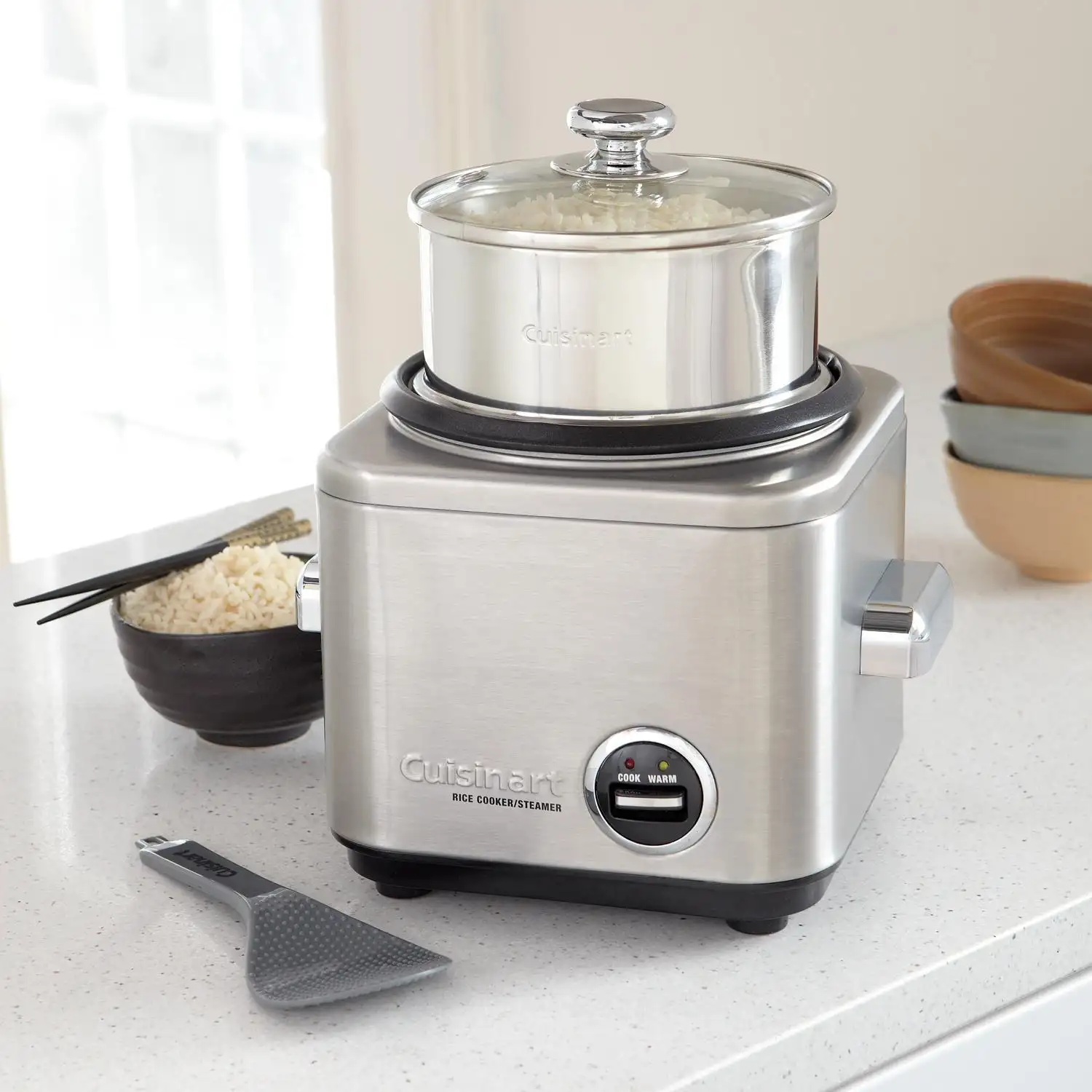
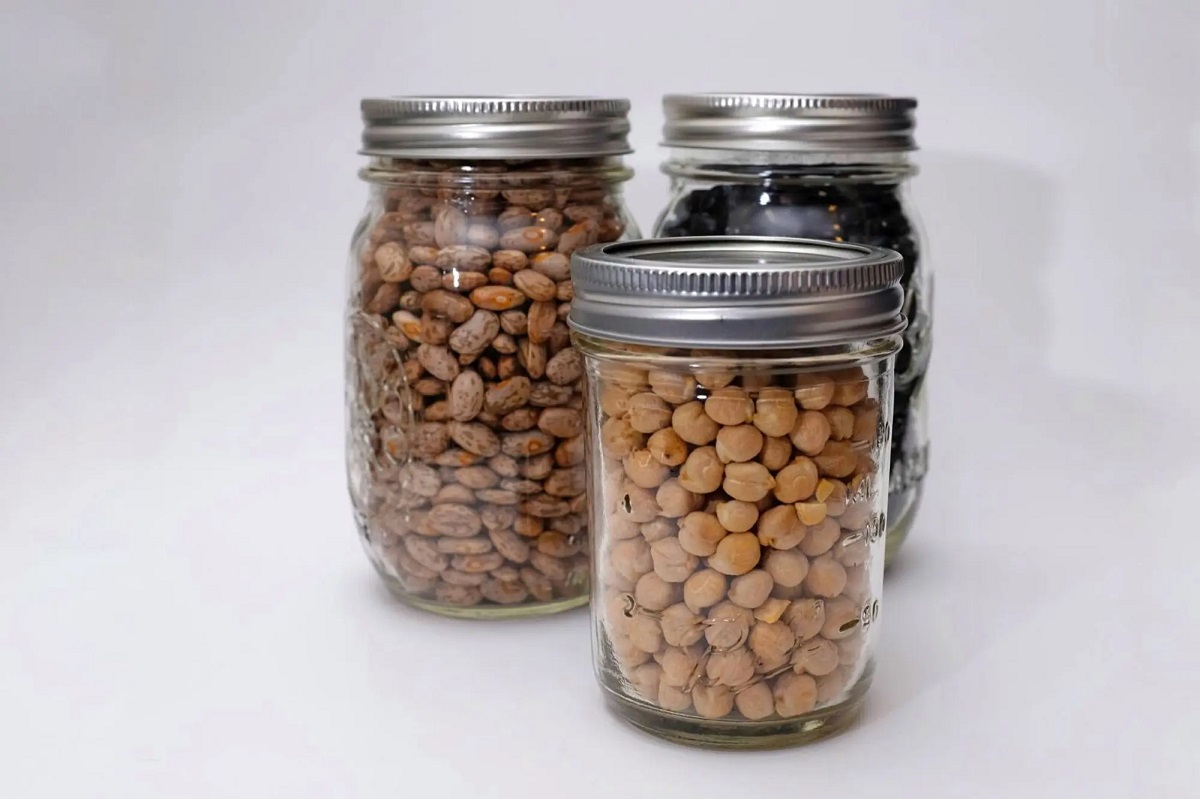
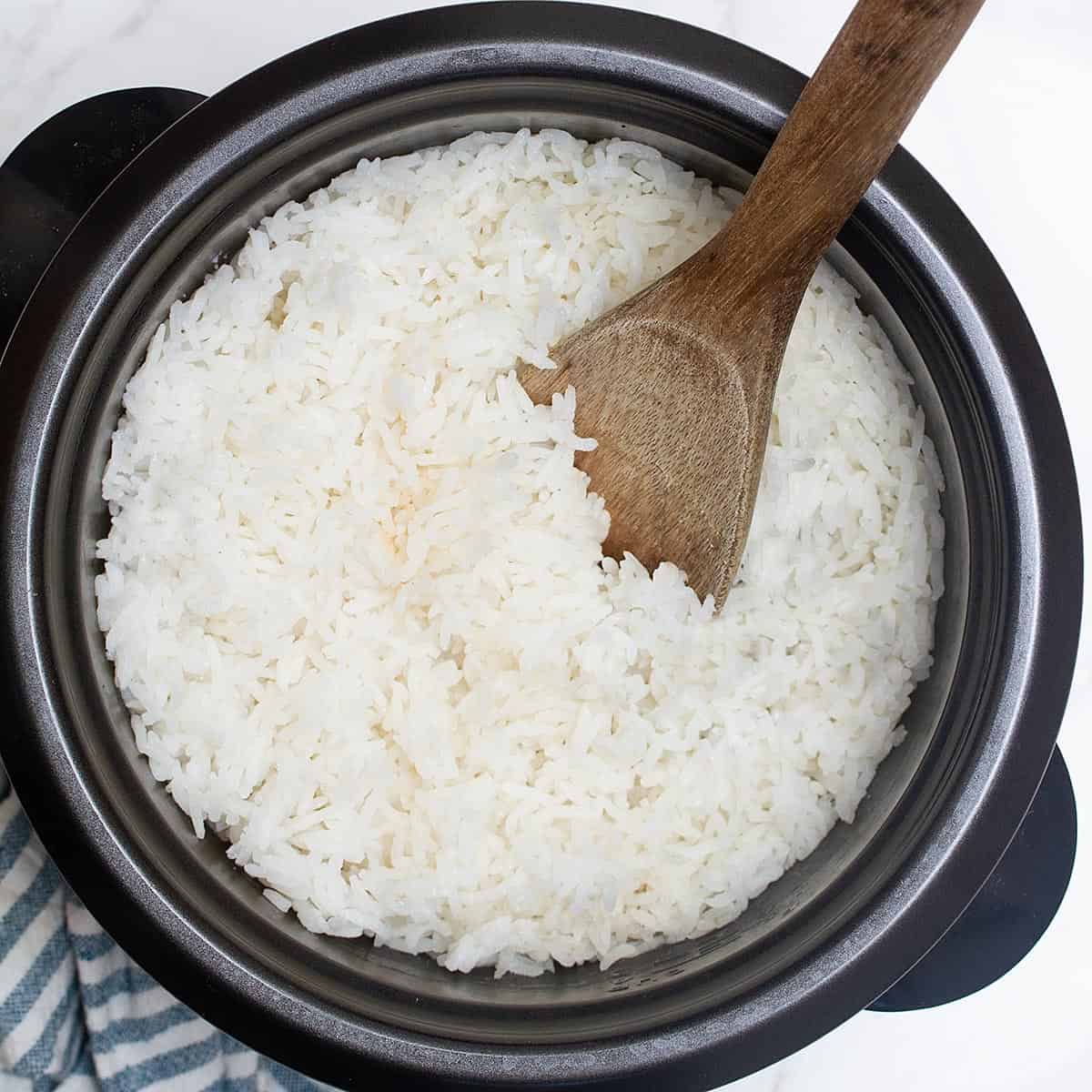
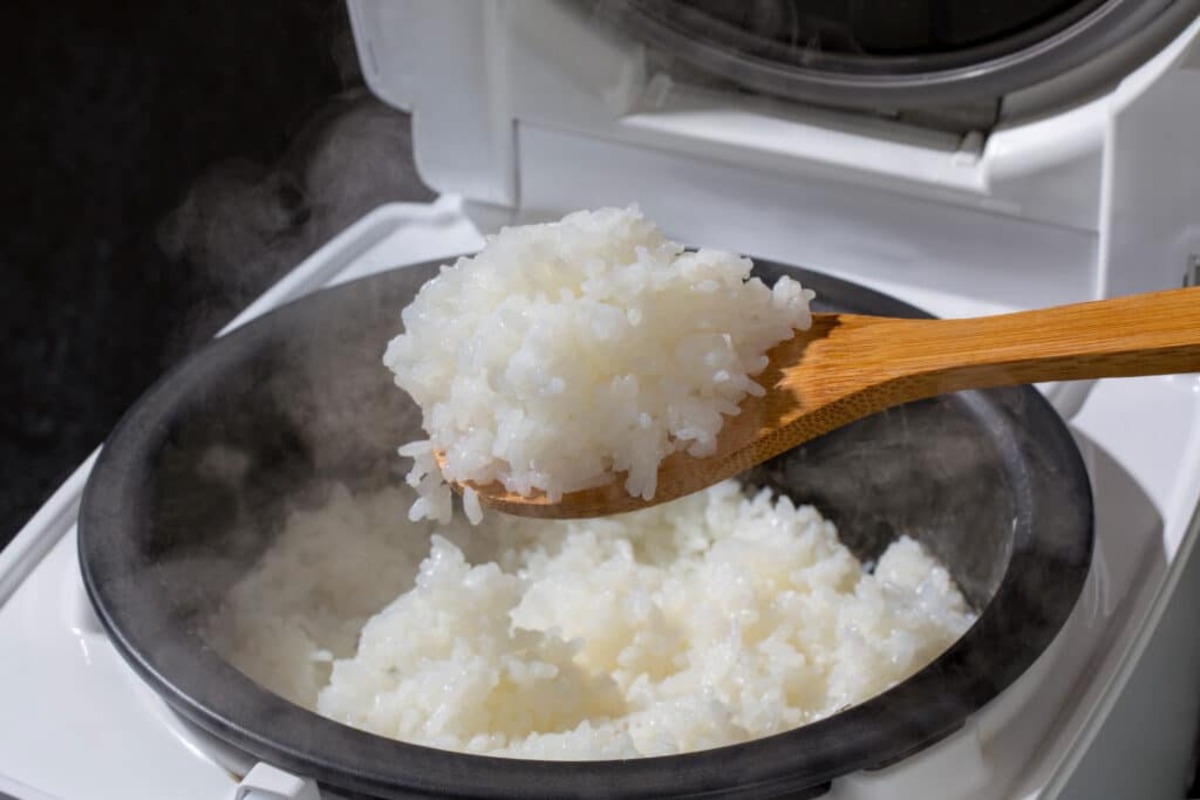

0 thoughts on “How To Cook Dry Beans In A Rice Cooker”